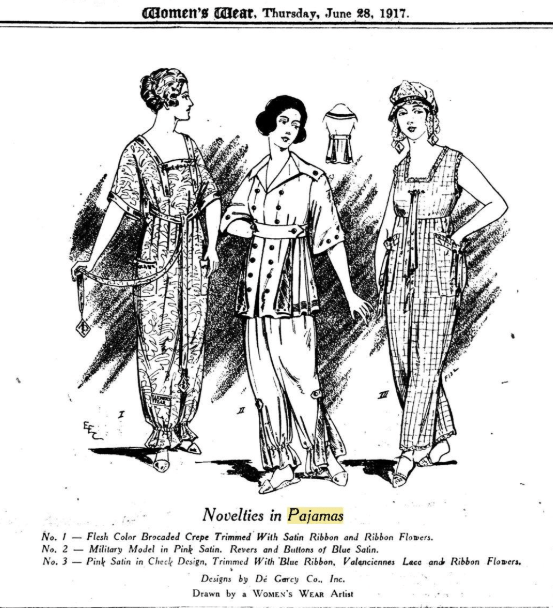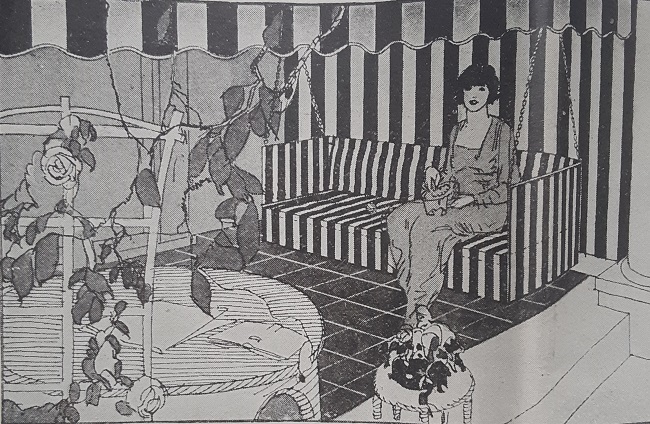
This post asks more questions than it has answers. I recently bought this beach towel from the incomparable Neatokeen shop on etsy. I had seen this one years ago, and somehow neglected to buy it, but now it’s part of my collection.
I have been working hard, trying to discover the secret of galindo, the artist. Because the towel has never been used, it came complete with the original paper tag. That’s always a good thing, and it usually leads to more information being uncovered.

From the tag I had plenty to go on. The company was Barth & Dreyfuss, located in Los Angeles. The brand name was Royal Terry of California. The artist, galindo, was a “famous California artist”.
I started my research at the most logical place – Google. I found quite a bit on Barth & Dreyfuss. They were/are a maker or seller of home goods, mainly towels. The company has come and gone over the years, and it appears that there was recently a company by that name, operating mainly as importers.
Searching “galindo” was a bit trickier. I was able to locate some other designs by this artist, mainly on linens and paper goods. Finally, I searched “Royal Terry” and came up empty except for a wonderful youtube video that shows a knowledgeable collector showing off his 1957 Royal Terry beach towel catalog. I have a message in to him and hopefully I will hear back.
After Google I turned to the two newspaper databases I have access to – Newspapers,com and Newspaperarchive.com. I had a bit more luck. The company was owned by Marshall Barth and Stanley Dreyfuss. They were in business in Los Angeles at least as early as 1953, and probably earlier. Searching for galindo was impossible as there are numerous Galindo Streets throughout Southern California. And it seems to be a somewhat common name in some communities.
If anyone knows who galindo was, I’d be most grateful for that information. Any clues at all would be appreciated. In the meantime, enjoy these hat close-ups.

This one is a version of the famous sunglasses hat. I’ve seen these advertised from the late 1950s through the mid 1960s.





































